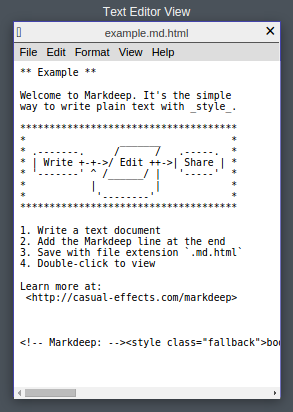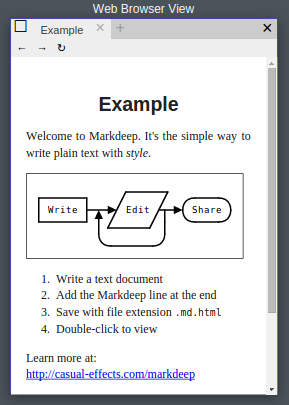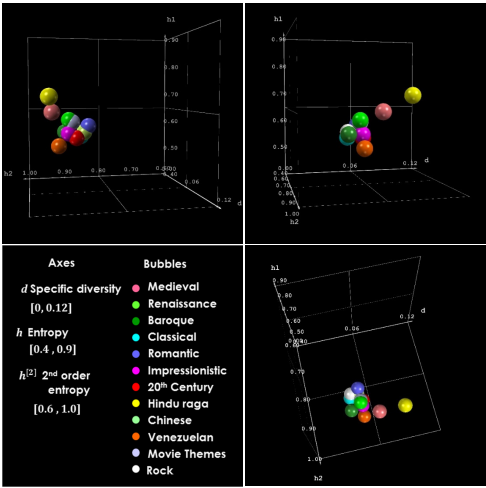Kurt Cagle writes of needed improvements to Twitter’s “Moments,” in Project Voyager and Moments: Close, but not quite there yet saying:
This week has seen a pair of announcements that are likely to significantly shake up social media as its currently known. Earlier this week, Twitter debuted its Moments, a news service where the highlights of the week are brought together into a curated news aggregator.
…
However, this is 2015. What is of interest to me – topics such as Data Science, Semantics, Astronomy, Climate Change and so forth, are likely not going to be of interest to others. Similarly, I really have no time for cute pictures of dogs (cats, maybe), the state of the World Series race, the latest political races or other “general” interest topics. In other words, I want to be able to curate content my way, even if the quality is not necessarily the highest, than I do have other people who I do not know decide to curate to the lowest possible denominator.
A very small change, on the other hand, could make a huge difference for Moments for myself and many others. Allow users to aggregate a set of hash tags under a single “Paper section banner” – #datascience, #data, #science, #visualization, #analytics, #stochastics, etc. – could all go under the Data Science banner. Even better yet, throw in a bit of semantics to find every topic within two hops topically to the central terms and use these (with some kind of weighting factor) as well. Rank these tweets according to fitness, then when I come to Twitter I can “read” my twitter paper just by typing in the appropriate headers (or have them auto-populate a list).
My exclusion list would include cats, shootings, bombings, natural disasters, general news and other ephemera that will be replaced by another screaming headline next week, if not tomorrow.
Starting with Kurt’s suggested improvements, a Twitter client should offer:
- User-based aggregation based upon # tags
- Learning semantics (Kurt’s two-hop for example)
- Deduping tweets for user set period, day, week, month, other
- User determined sorting of tweets by time/date, author, retweets, favorites
- Exclusion of tweets without URLs
- Filtering of tweets based on sender (included by # tags), etc. and perhaps regex
I have looked but not found any Twitter client that comes even close.
Other requirements?


